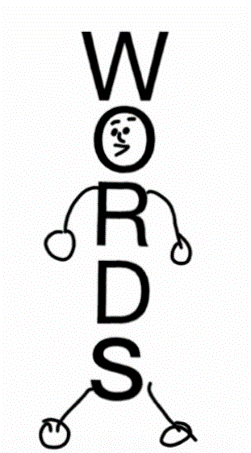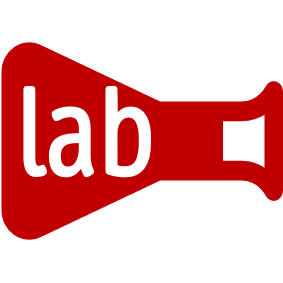Results Based Management and evidence based decision making relies on data, information, knowledge and understanding. In this blog post, we take a closer look at these concepts, and explore how they are related.

What is data?
As you intuitively know, data is a collection of objective facts, such as numbers, words, images, measurements, observations or even just descriptions of things. In other words: It is chunks of raw facts about the state of the world.
For example: crime rates, unemployment statistics, but also handwritten notes of interviews, or a recorded description of an observation.
Data can be qualitative and quantitative. In other words: it can consist of numbers or text.
Quantitative data

Quantitative data are numbers. In this case, we can apply mathematical operations in a meaningful manner. Numbers describe something. Think of results from a household survey or the financial data on project expenditure. They are particularly useful in telling us what happens.
Qualitative data

Qualitative data, on the other hand, consists of text of some sort. Think of ethnographic studies of young widowers or focus group discussions with local politicians from disadvantaged groups. Text is particularly useful in telling us why something happens.
For example: My cat has four legs, weighs 1.6 kilos, is 150 millimetres tall and has five siblings. This is quantitative data on my cat. My cat also has short hair and is a bit lazy. This is qualitative data on my cat.
Mixed methods
There is a general agreement now that we need both types . A combination of both numbers and text (quantitative and qualitative)– is usually stronger than just relying on a single type . We call a such a combination of quantitative and qualitative data collection ‘mixed methods’.
Do you want to know more about mixed methods? Check out InterAction‘s outline of elements of a mixed methods approach with particular reference to how it can be used in an impact evaluation.
What is information?
Data is raw, unorganised and lacks context. To be useful, it needs to be turned into information. Information is data that has meaning and purpose. It can help us understand what is happening.
For example: the noises that I hear are data. The meaning of these noises – for example a running car engine – is information.
What is knowledge?
Information can serve to create knowledge. Knowledge can instruct how to do something.
What is understanding?
And finally, knowledge can be turned into understanding that explains why it is happening.
In summary, data is the foundation of information, knowledge, and understanding. It is needed anywhere from Theories of Change to results reporting. We live in the Age of Data. We must get it right.
